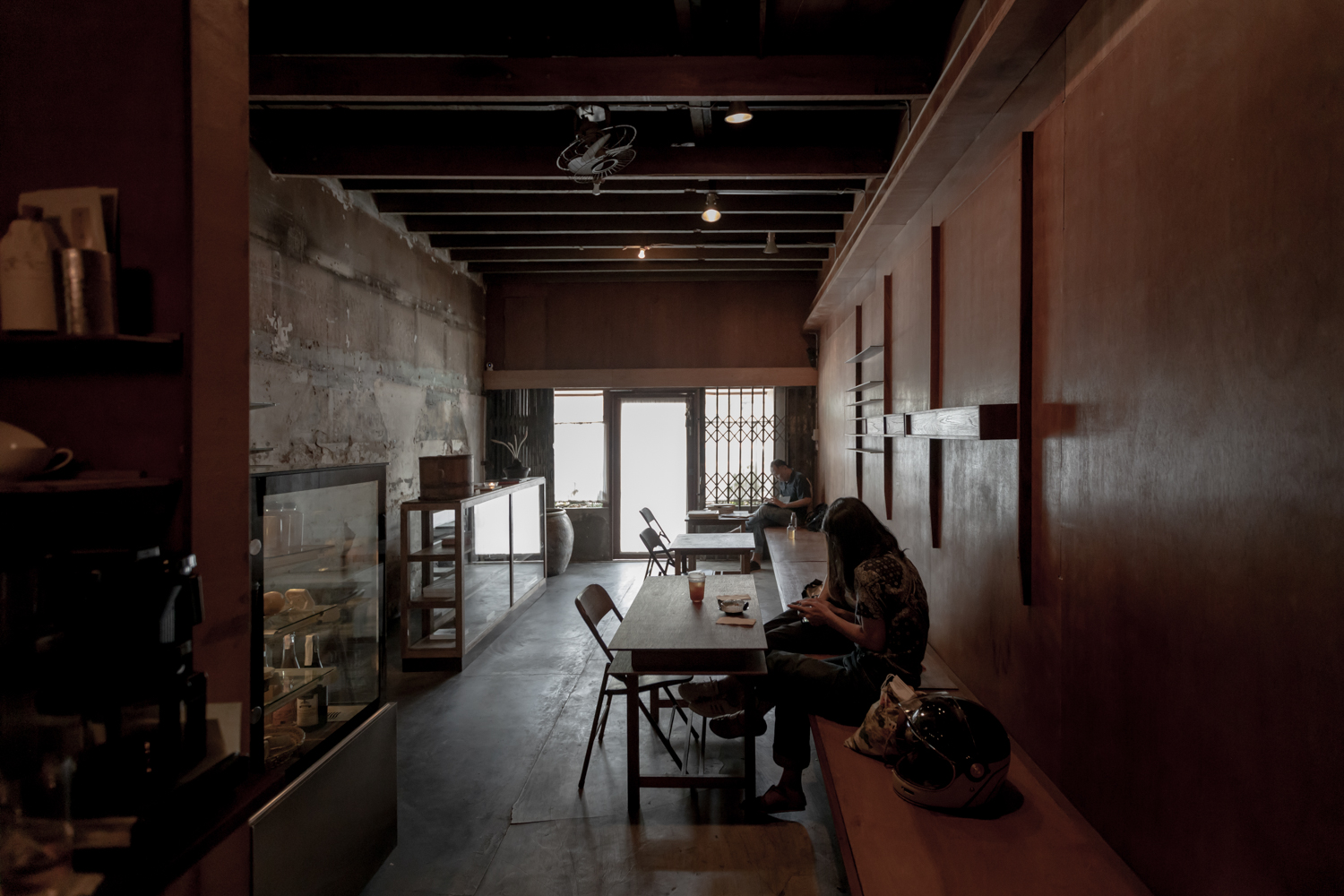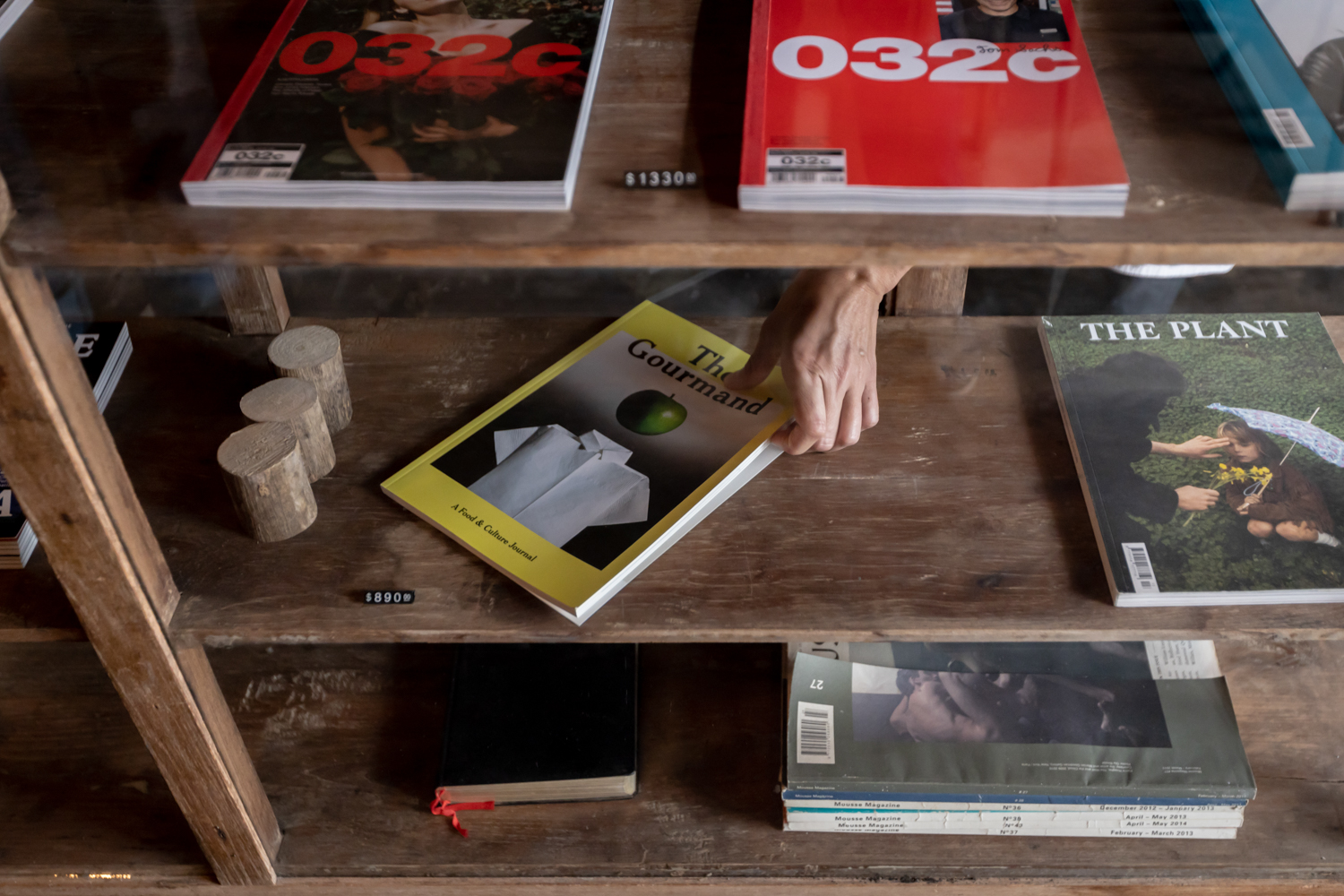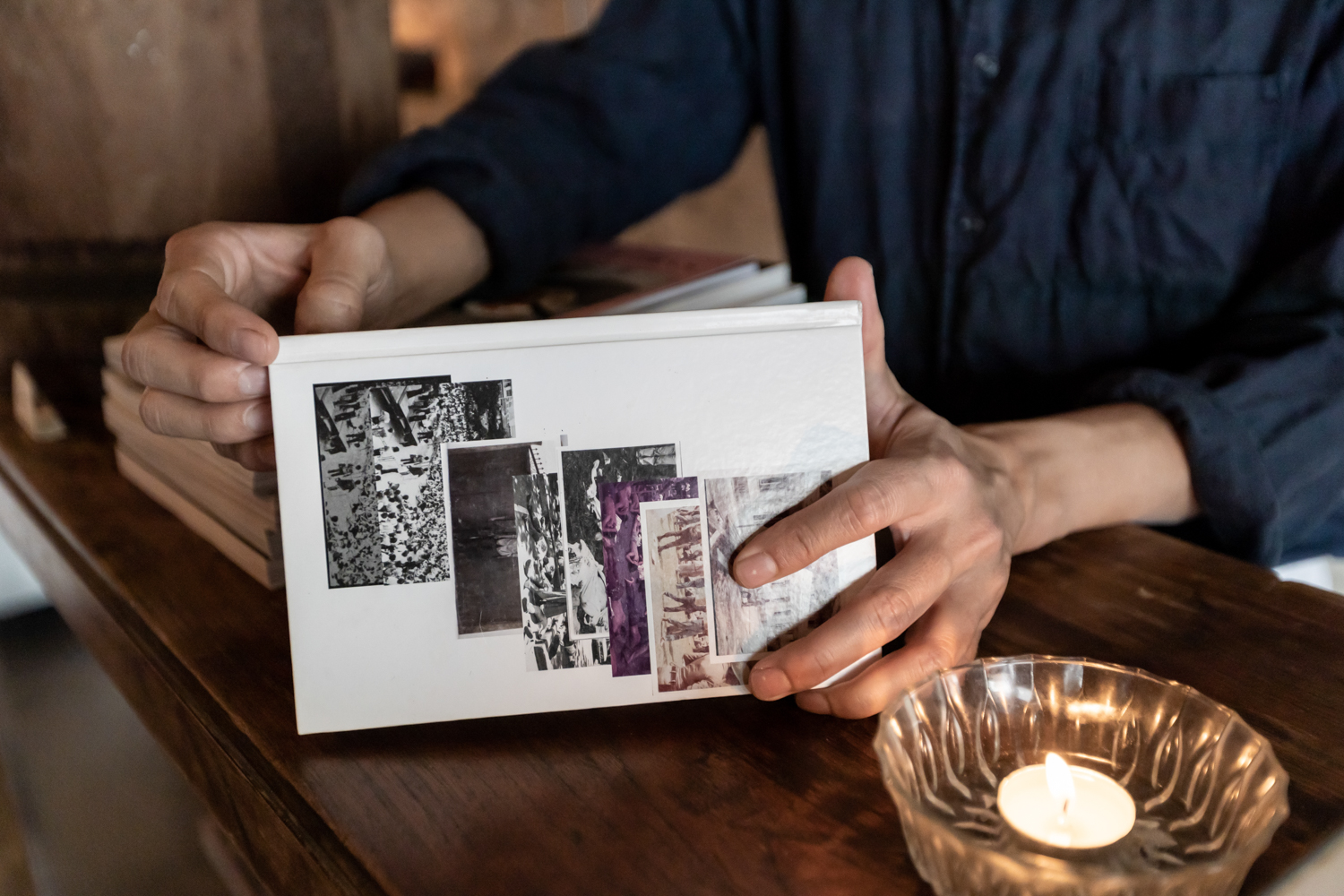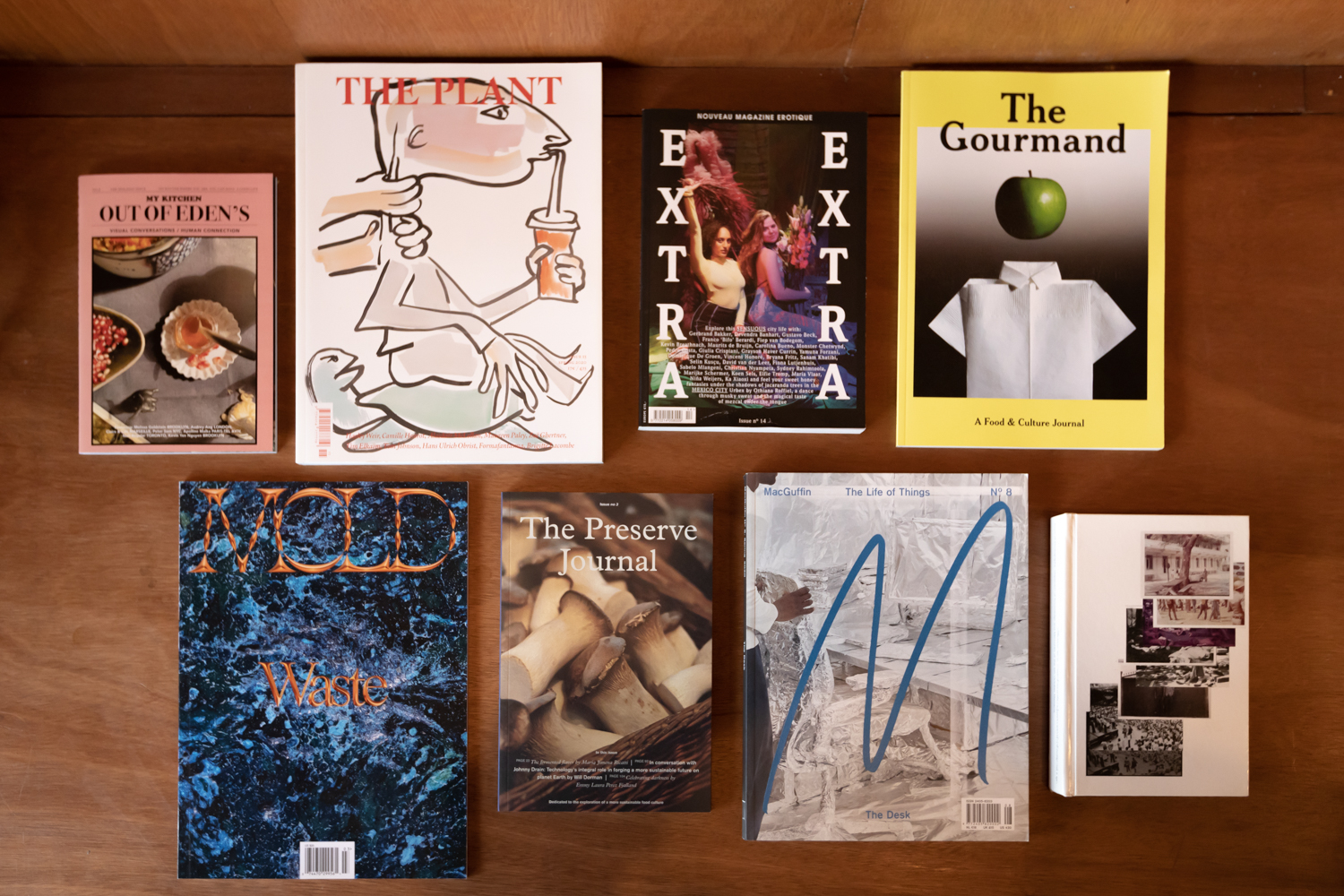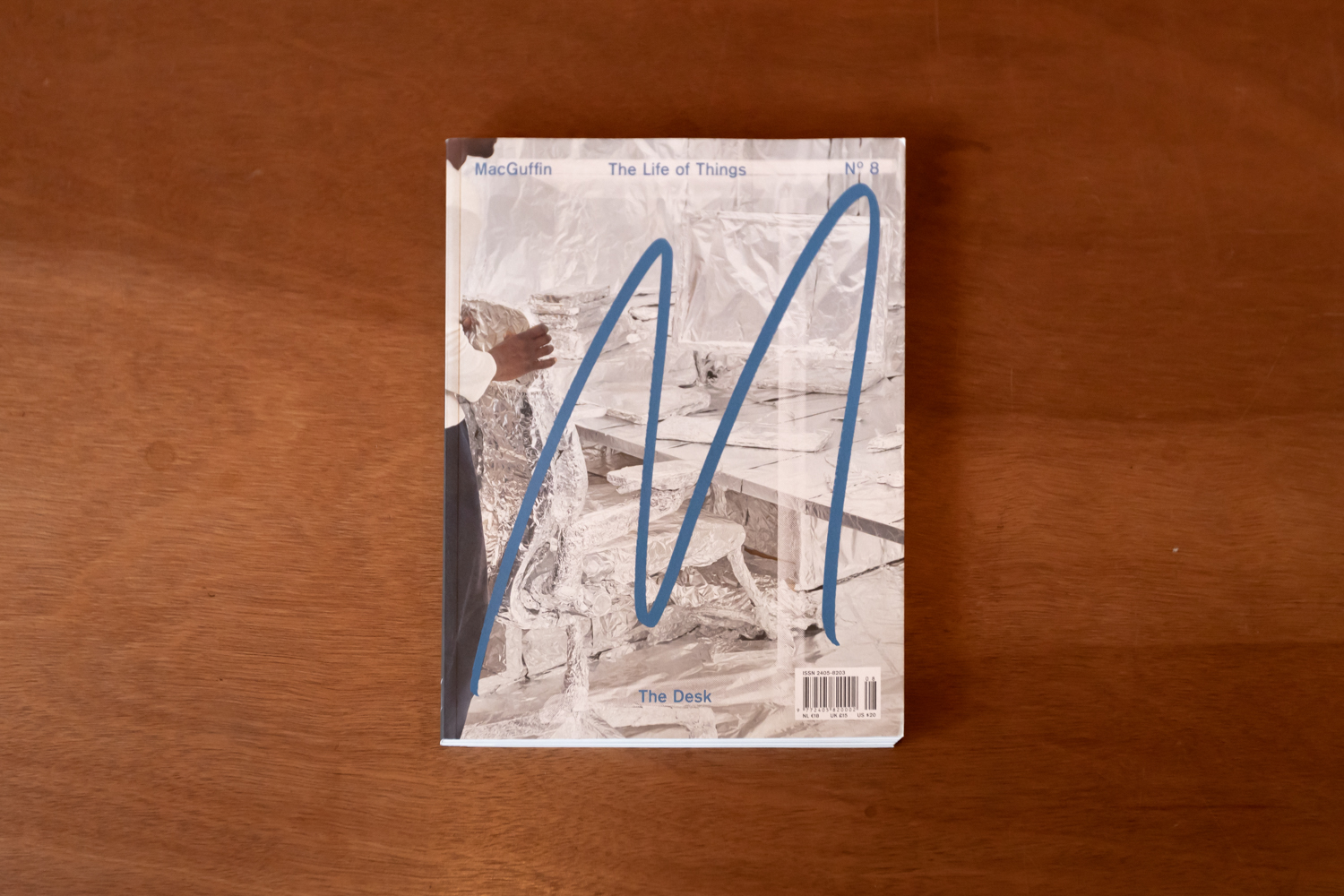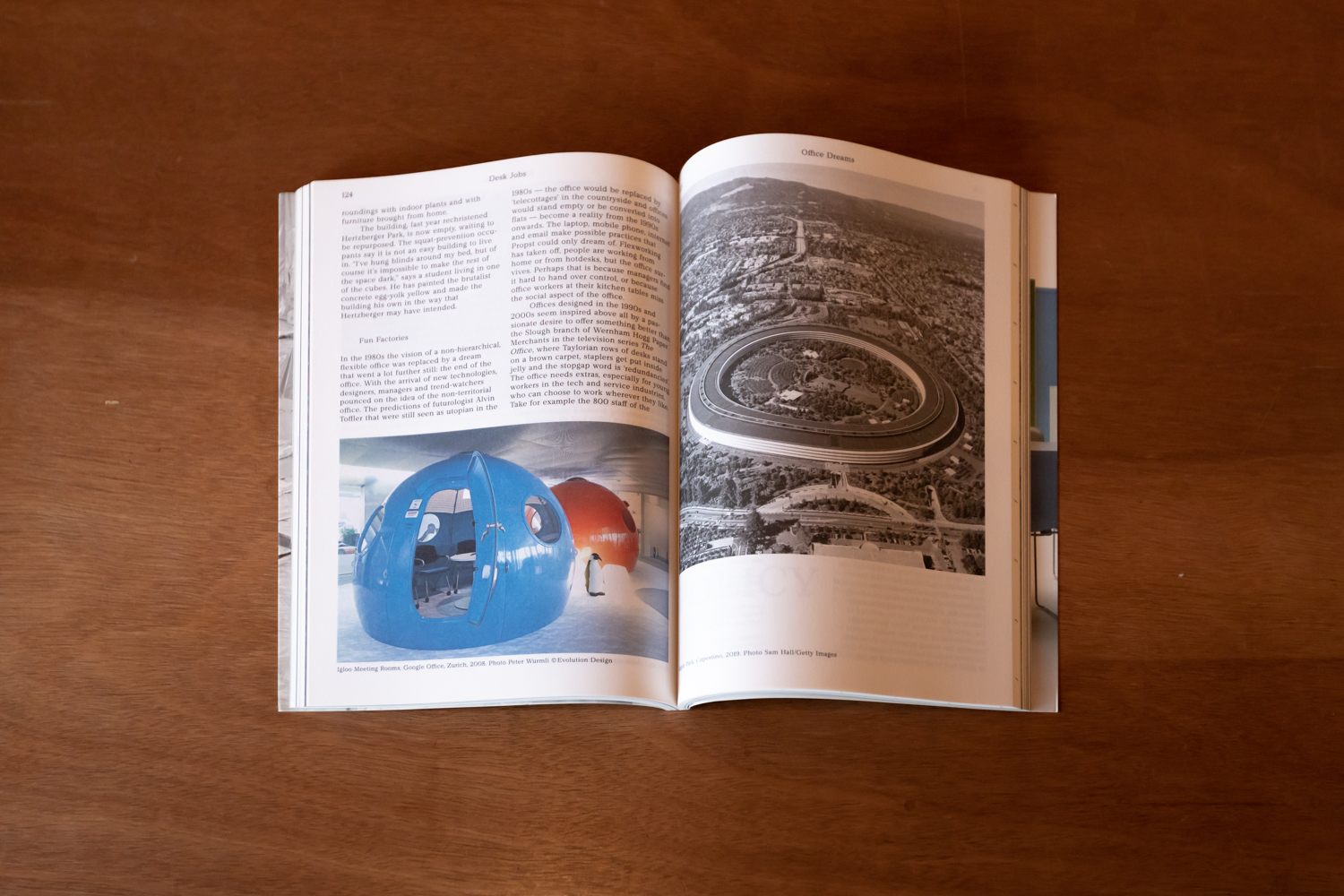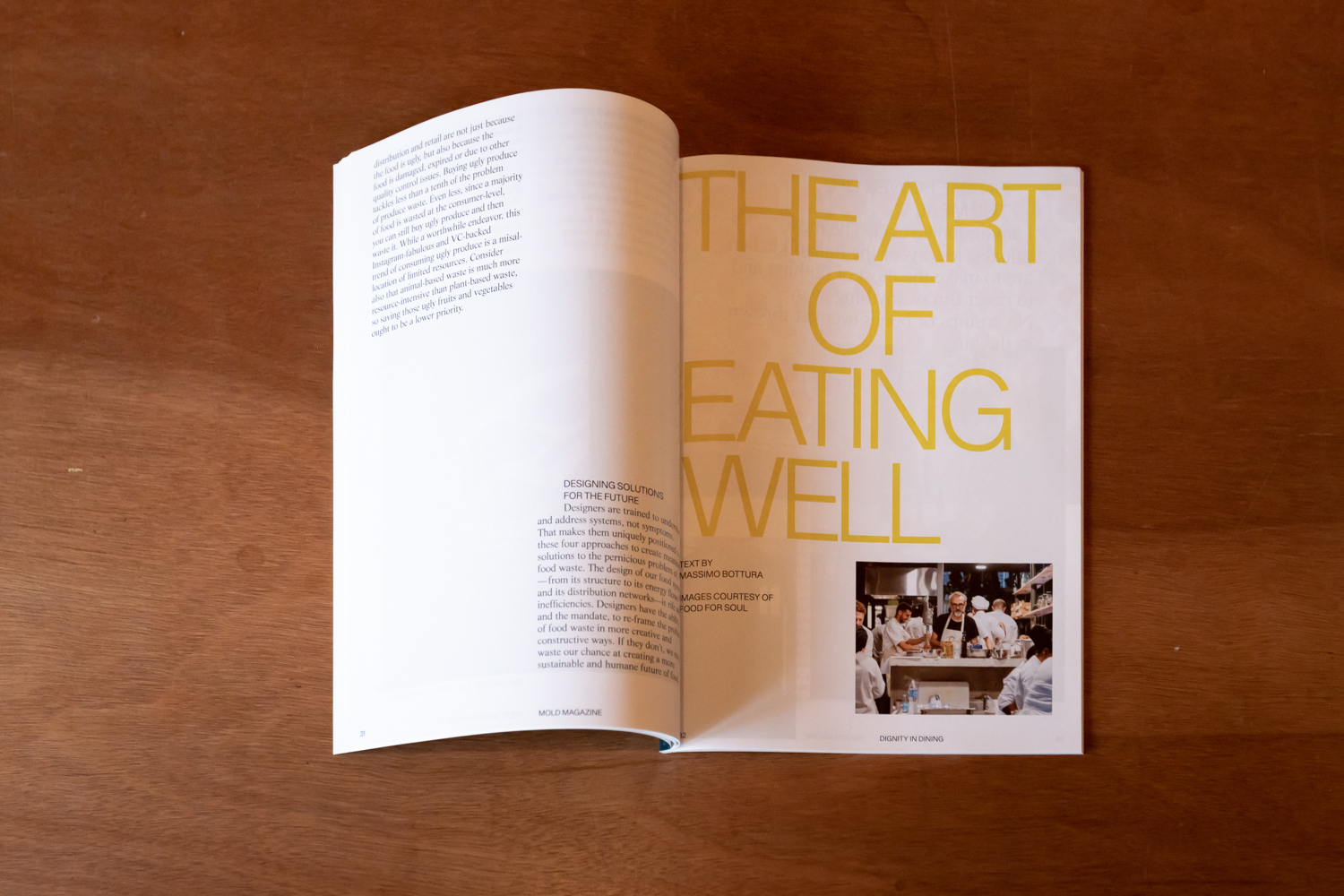DEFINED BY THE OWNERS AS A CORNER STORE IN NANGLOENG DISTRICT, THIS PLACE IS A COMBINATION OF LIFESTYLE AND INDIVIDUALITY WITH AN UNWAVERING BELIEF IN THE PASSIONATE FOLLOWERS OF PRINTED MAGAZINES
TEXT: PRATARN TEERATADA
PHOTO: KETSIREE WONGWAN
(For Thai, press here)
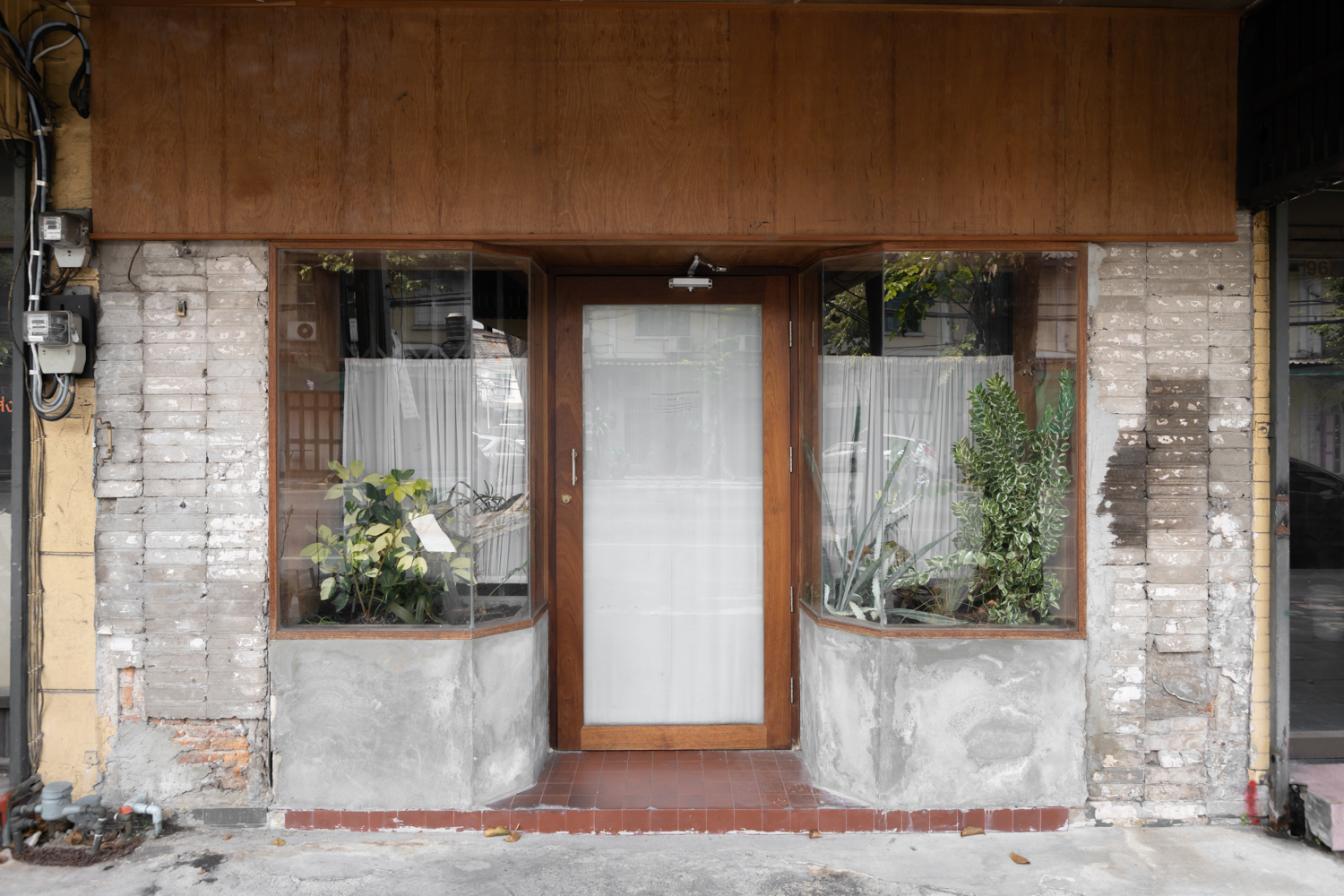
Upon our arrival, we couldn’t exactly pinpoint whether this small establishment on the corner of Chakrapadipong Road was a cafe, a hole in the wall bar or an art space. But the simplicity and calmness of the place somehow radiated an aura that seemed to attract the attention of passerbys quite effortlessly. While approaching the place, one can spot ‘NANGLOENG SHOPHOUSE’ written on the minimal yet enigmatic-looking entrance door. Stepping inside, the first sensation that our sensory abilities were able to detect was the ambiance, the spirit of the place and the owner’s personal taste and style. It was apparent that the decor intends to reveal the unfinished stage— the disarray of details, which become the place’s most distinctive appeal, with decorating items being large earthen water jars, glass display cabinets, plant pots, all of them can be moved and have been switching places from time to time.
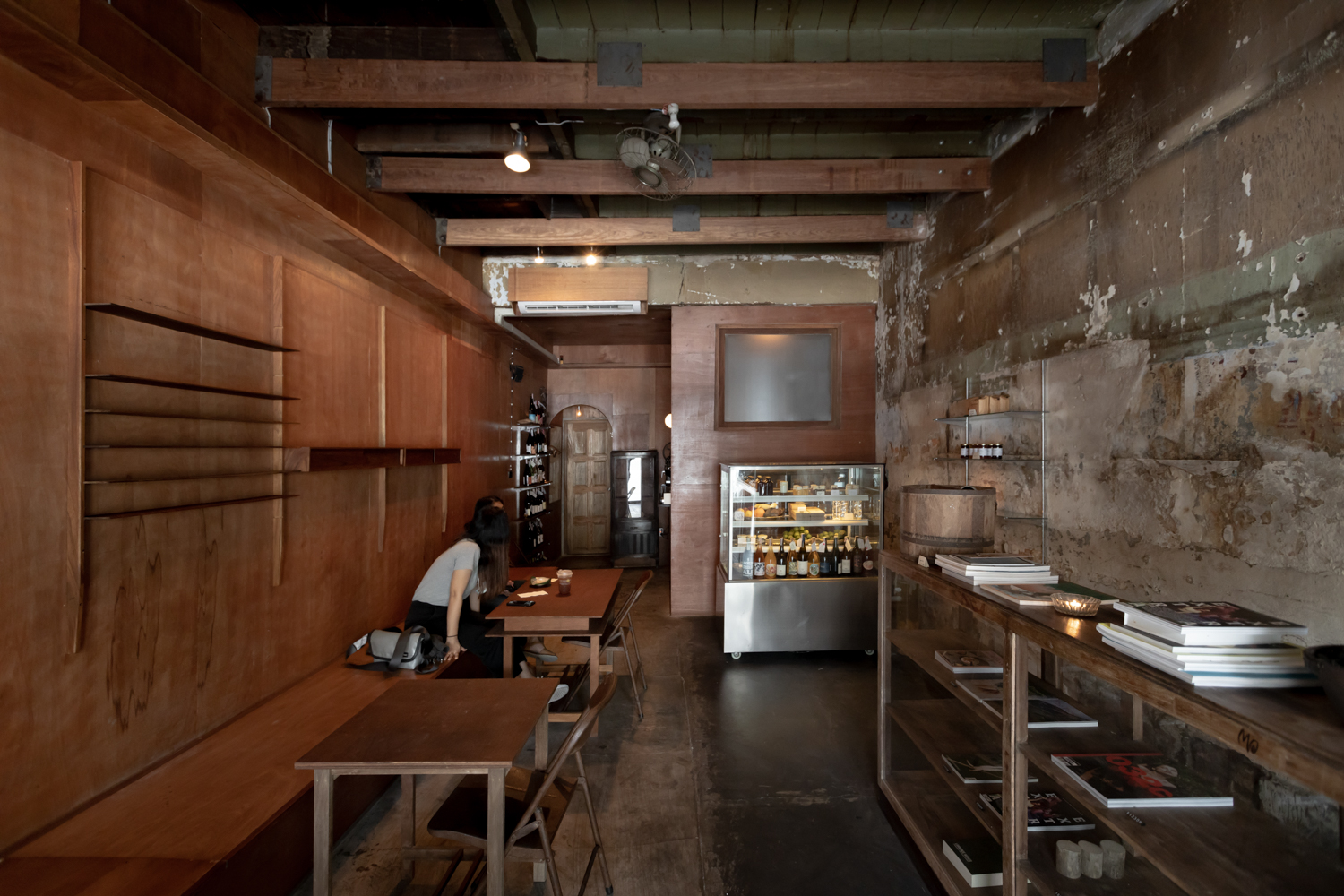

Anupas ‘Kong’ Premanuwat and Elaine Sun are the couple who own and run Ku Bar and Kangkao Bar on Phra Sumen Road. When COVID-19 hit, bar businesses were forced to come to a halt, prompting the two to find a new establishment that can be operated during the day, and NANGLOENG SHOPHOUSE is what they’ve come up with. “The place is basically a neighbourhood grocery store. It doesn’t have any expertise. It’s miscellaneous. It’s like a convenient store you see today and a corner store back in the days when you walked into this type of establishment and they would see all sorts of goods from newspaper, rice, eggs, fish sauce all the way to homemade chilled chrysanthemum tea. Here, we basically sell what we like and that includes magazines.” The glass display cabinets show a number of unusual-looking magazines that had set the space further apart from the grocery store we had come to know. “We order some of the magazines from distributors in the Netherlands. There are some of the publications that we got from Vacilando Bookshop. They asked us if we would be interested to combine the order with them. Most of the magazines we typically choose are about home decoration, food and trees.”
Browsing through the magazines, we noticed that they were all genre-specific and highly collectible. We saw MacGuffin (a biannual design and craft magazine with each issue based around special stories of a single ordinary object used in our lives, with a specific concept such as The Rug, The Cabinet, The Desk, The Sink, The Rope. The entirety of The Plant issue feature stories of trees through ideas of creative people from various disciplines.
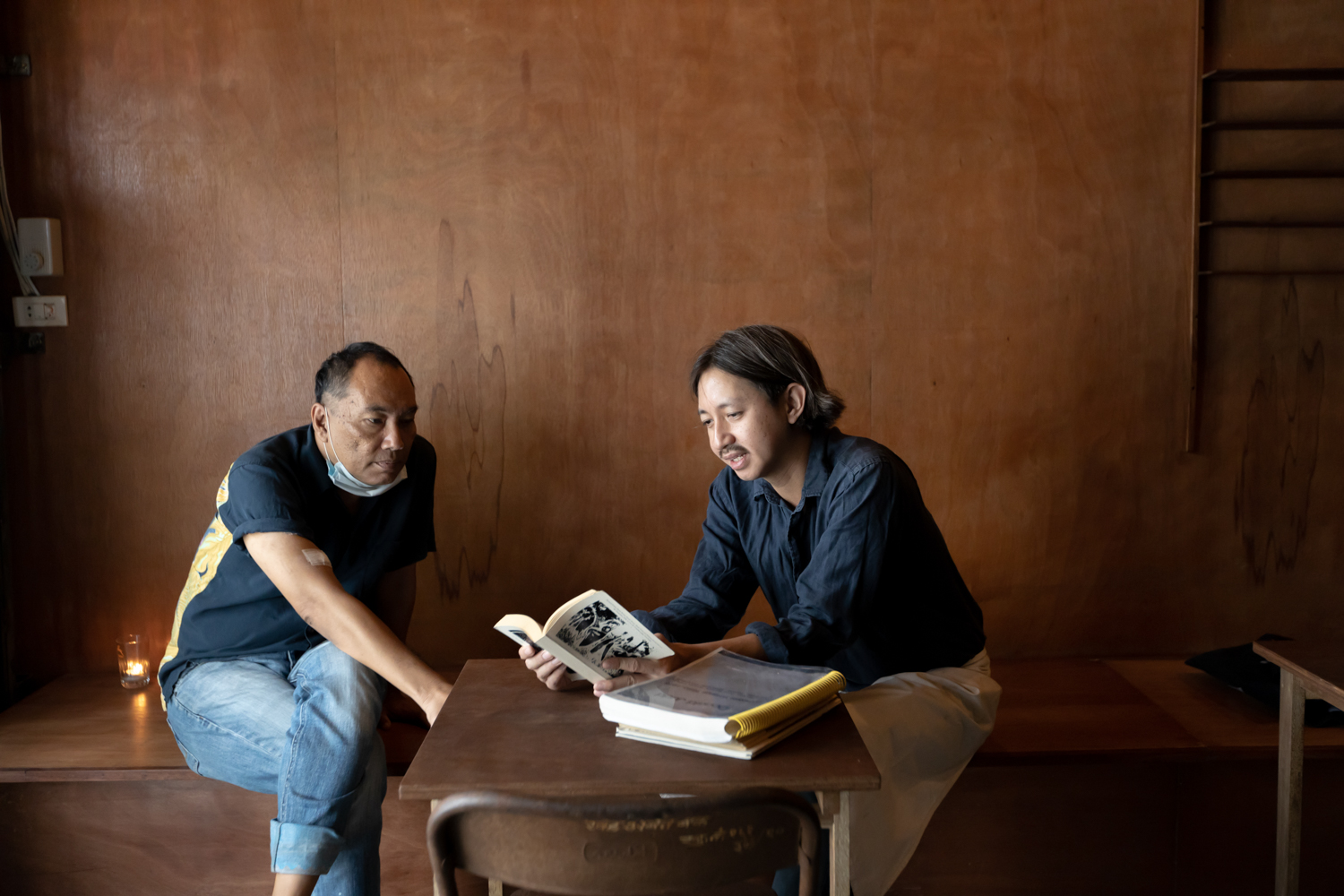
“Each issue of MacGuffin has a different concept, for example, with The Ball, it’s anything with a circular form. This one, THE PLANT, is about plants and trees. These magazines don’t have that many ads which could disturb your reading experience. This one is called MOLD and it’s has stories about designing the future of food. For the WASTE issue, is basically about getting rid of things, reusing leftover food, and documenting conversations about how some people can easily access and enjoy food while people living in a different part of the world are starving,” explained Anupas.
Apart from the publications displayed on the shelves, also exhibited are books and magazines from the owners’ personal collection. Most of them are hand-made publications, some are normal books and magazines with personal touches such as pieces of poetry or a receipt in inserted in between, rendering different ways in which a book can be experienced. Some of the publications come with layouts and designs that are far from professional but they exude the creators’ power to communicate their messages so straightforwardly to the readers
“As people who are in their forties, we experienced the era when magazines would be released around the end of each month. When I was starting high school, I would save up my allowance to buy magazines. There weren’t any iPads back then, so for me the experiences with publications sort of evolved overtime, through different ages. I really love some of the handmade magazines I have in my personal collection. Some of them are printed out Microsoft Word pages, bound together by staples, using one single color for the entire issue while there are some with beautiful designs and layouts. I was a Communication Design graduate, so my seniors or the people I know gave me some of the works through the years.”
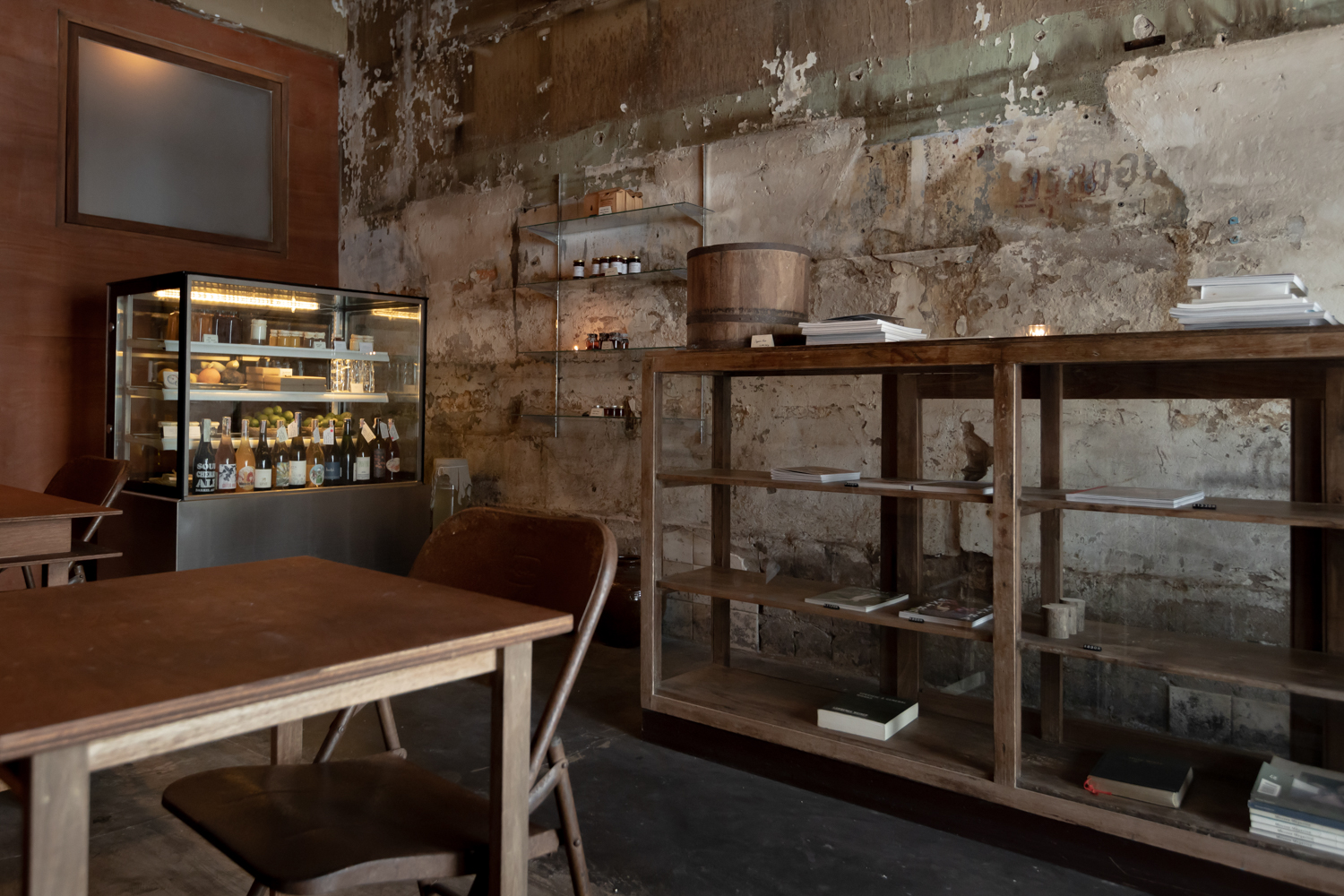


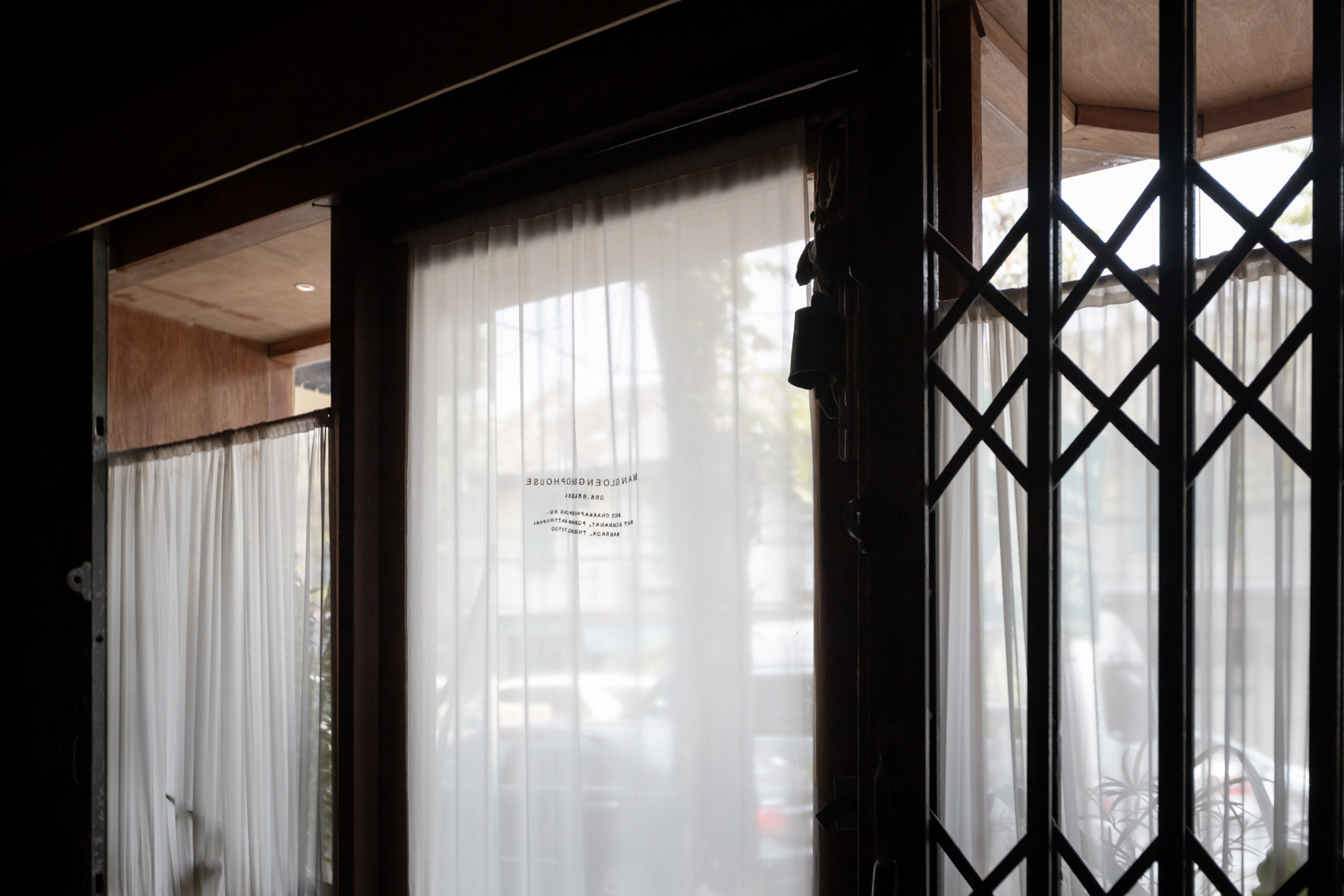
Our conversation about magazines could go on endlessly. With a nice cup of tea accompanying our talk, we could sense the two owners’ happiness in what they do. The people who stop by NANGLOENG SHOPHOUSE usually come with different purposes in mind. The place sells shaved ice desserts, tea, coffee, wine, cheese, food and they also have some rare magazines both for sale and displayed in a small exhibition. Everything has a sentimental value and welcomes visitors to share certain commonalities of their tastes with the two owners.

How many people can have the freedom to make a living out of something they love, are passionate and happy about? Those who are able to live that kind of life are the lucky ones. It somehow makes us question ourselves. Why do we work? For many, they need work to sustain a living, some for social status, some for honour, but for whatever reasons we have, we should be able to choose our own path.

